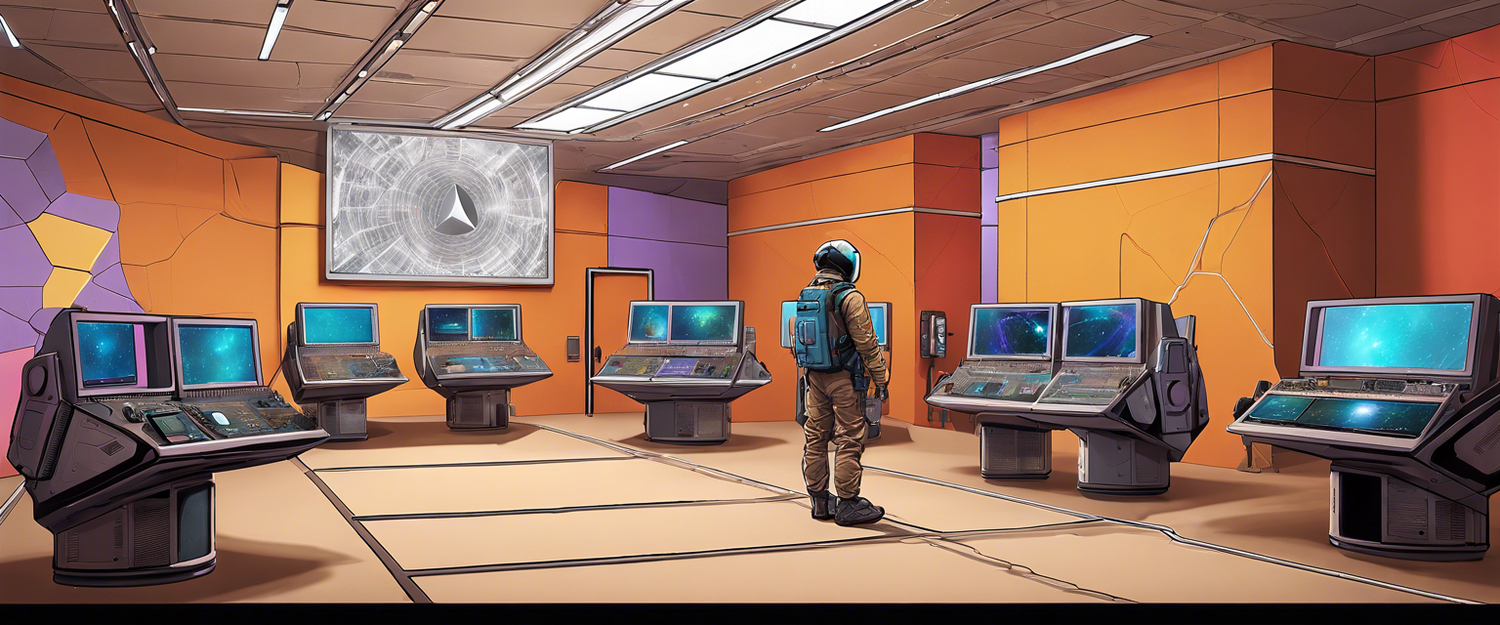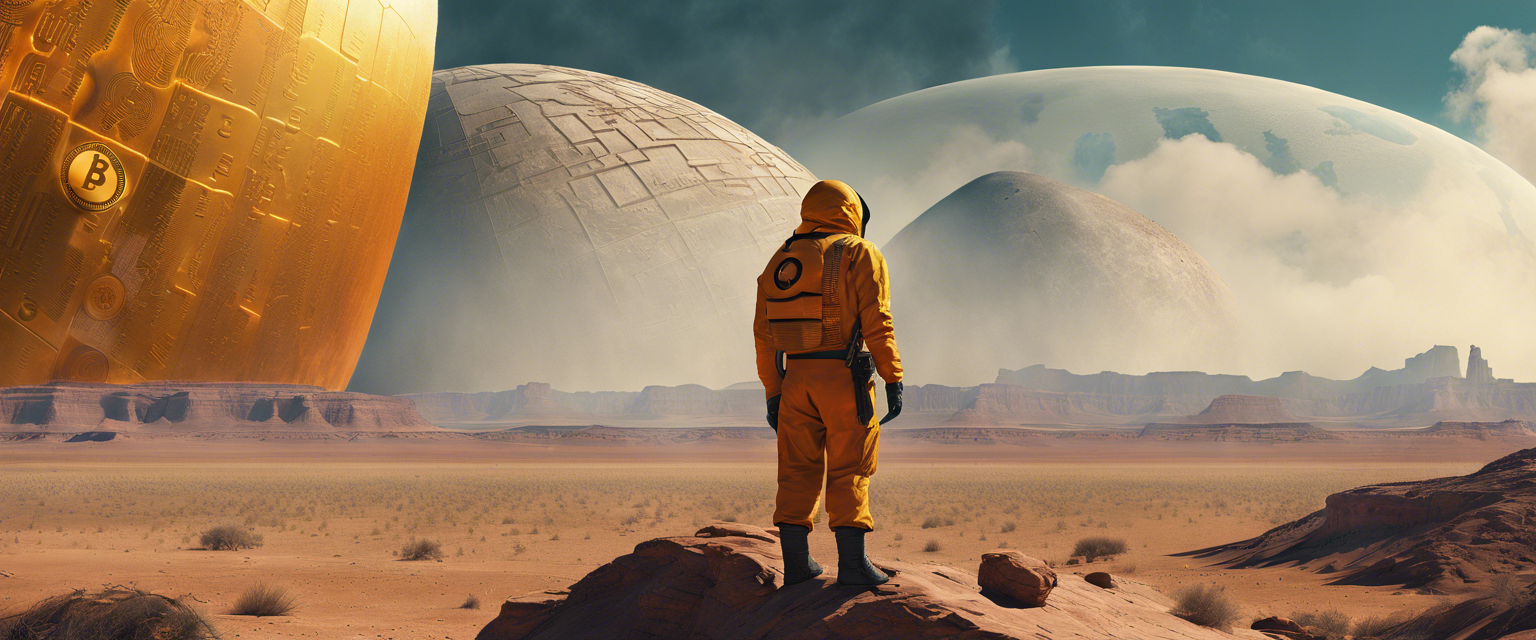The Rise of Decentralized Science (DeSci)
Decentralized science, commonly known as DeSci, is becoming a significant trend in the blockchain ecosystem. With an increasing number of projects emerging, it is reshaping how scientific research and data are managed and disseminated. A recent report by Messari highlights that two major blockchain platforms, Ethereum and Solana, are paving the way in this innovative sector.
Ethereum: The Dominant Player
According to PANews, Ethereum is leading the charge in the DeSci landscape, hosting approximately 58% of all related projects. This dominance can be attributed to several factors:
- Funding Initiatives: Ethereum has become the go-to platform for various funding initiatives aimed at scientific research. Its robust smart contract functionality allows researchers to create tailored funding models.
- Infrastructure Development: The Ethereum blockchain provides strong infrastructure, making it easier for scientists and researchers to build decentralized applications (dApps) that can handle data securely and transparently.
- Data Handling: Ethereum's capabilities in handling large volumes of data positions it as a frontrunner for projects requiring significant data management.
- Research Collaboration: The platform encourages collaboration across researchers and institutions, facilitating partnerships that enhance scientific endeavours.
Solana: The Emerging Challenger
On the other hand, Solana is gaining traction within the DeSci sector, particularly in the memecoin market related to scientific themes. Here's what sets Solana apart:
- Speed and Scalability: Solana's high transaction speed and scalable architecture attract projects that require quick data processing.
- Community Engagement: Solana has cultivated a passionate community that supports and funds DeSci projects, often leading to the creation of innovative memecoins that appeal to younger demographics.
- Cost Efficiency: Lower transaction fees on the Solana network allow for more accessible entry points for researchers and creators looking to contribute to the DeSci space.
Looking Ahead: The Future of DeSci
With Ethereum and Solana leading the way, the DeSci sector is positioned for significant growth. As more projects emerge and innovative solutions are developed, we can expect to see expanding applications across various fields of scientific research. By leveraging blockchain technology, scientists can improve transparency and collaboration, ultimately enhancing the reliability and dissemination of scientific knowledge.
Conclusion
The concerted efforts of Ethereum and Solana in the DeSci sector highlight the potential of decentralized technologies to transform scientific research. As this phenomenon continues to evolve, it will be fascinating to observe how these platforms shift and adapt to meet the needs of researchers and innovators alike.



Leave a comment
All comments are moderated before being published.
This site is protected by hCaptcha and the hCaptcha Privacy Policy and Terms of Service apply.